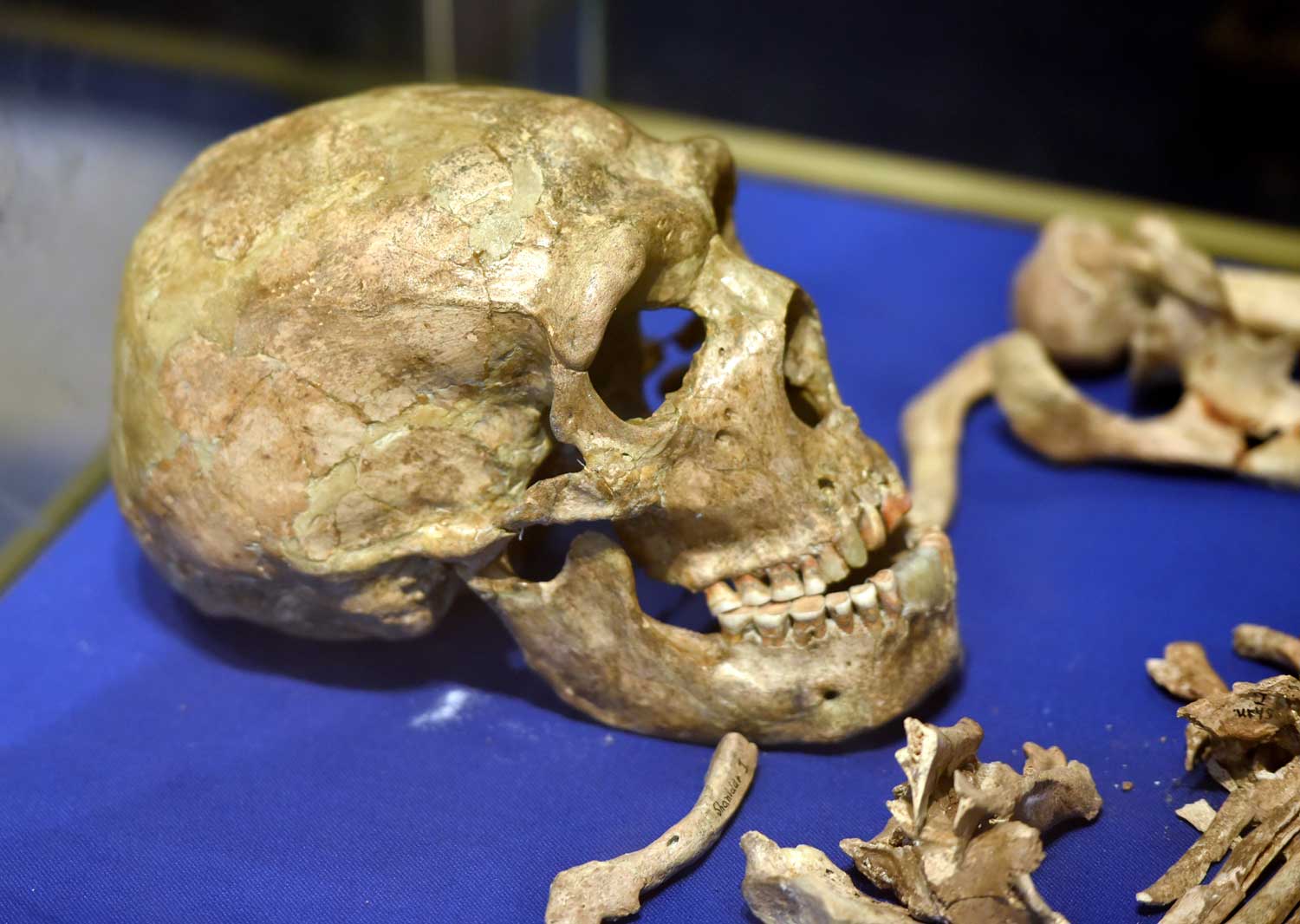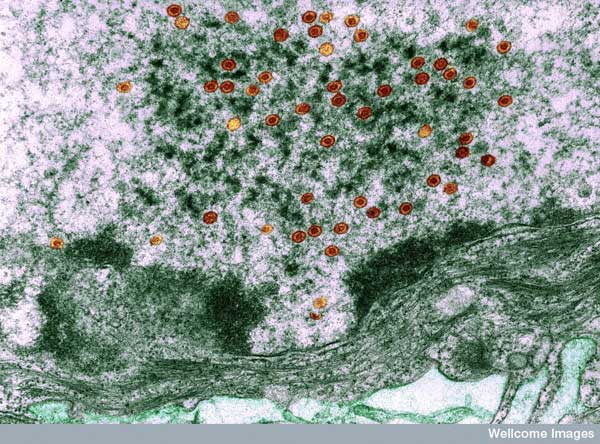chimpanzees
Four amazing Stone Age sites with wooden artifacts
From Africa, Asia, and Europe, these sites give us a rare window into the ways that organic technology shaped ancestral lives.

A remembrance of Frans de Waal
Among many highlights of this primatologist's work, he maintained that humans are not unique or separated from other primates.

Tracing the genetic histories of ghost apes
The footprints of extinct lineages are the closest we have to a fossil record of the African apes.

Ancient amputations tell remarkable stories of survival and care
A 33,000-year-old case of an amputated leg prompts comparisons to earlier Neandertal instances of amputation.

Interview with Dr. Jill Pruetz about chimpanzees in a savanna habitat
I speak with Dr. Pruetz about her fieldwork with chimpanzees at Fongoli, Senegal.

Did Homo erectus get herpes from chimpanzees?
New research suggests that herpes simplex virus 2 may have invaded ancient humans from chimpanzees sometime after 1.6 million years ago.

Chimpanzee communities are hundreds of years old
Reviewing a 2014 study by Kevin Langergraber and coworkers looking at the Y chromosome variation within chimpanzee groups.

HIV susceptibility locus protects against an extinct virus
The TRIM5α protein in humans doesn't resist HIV very well but may have once protected us from another ape virus.
